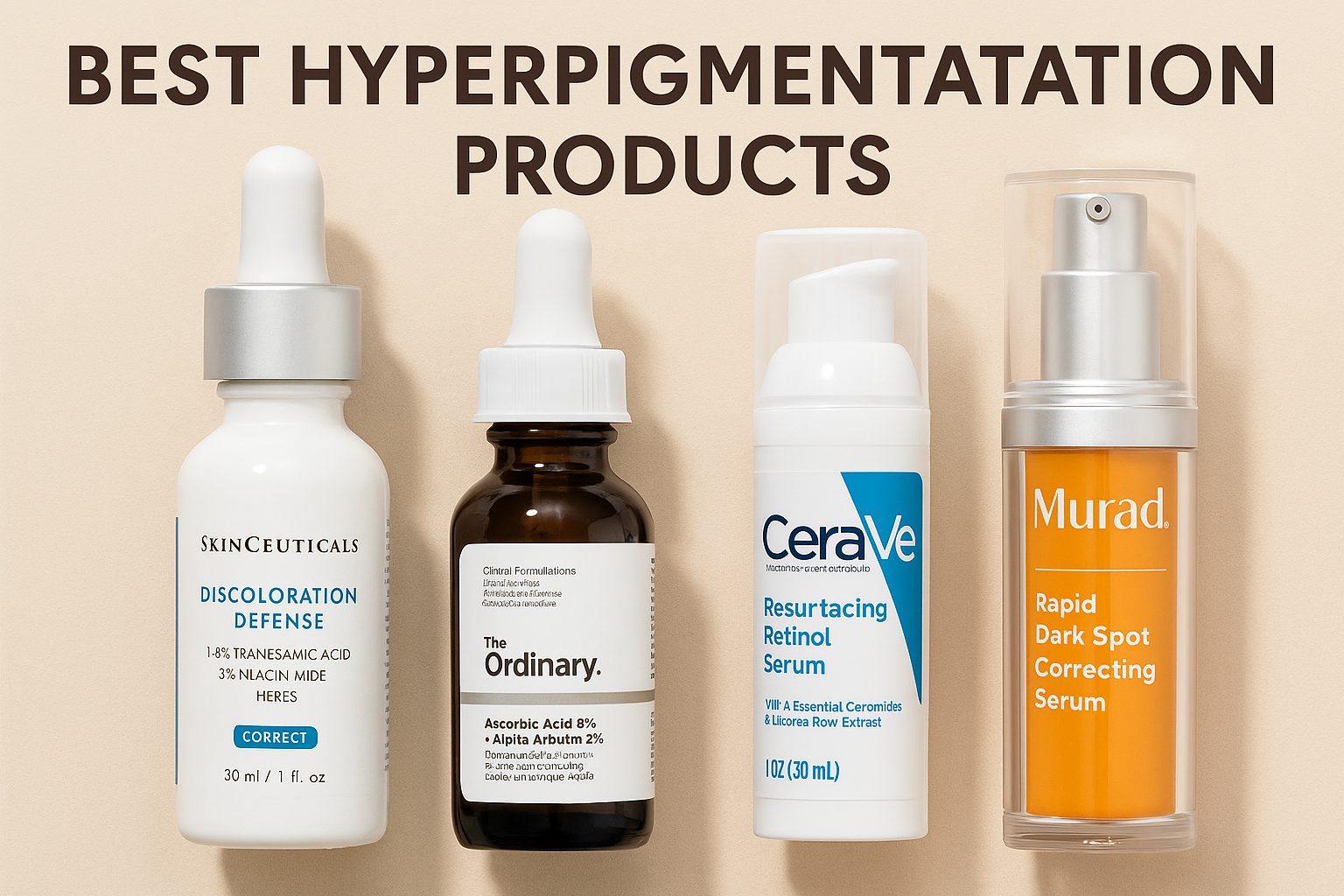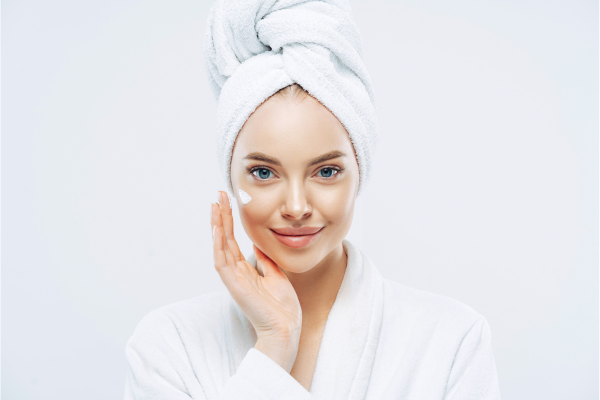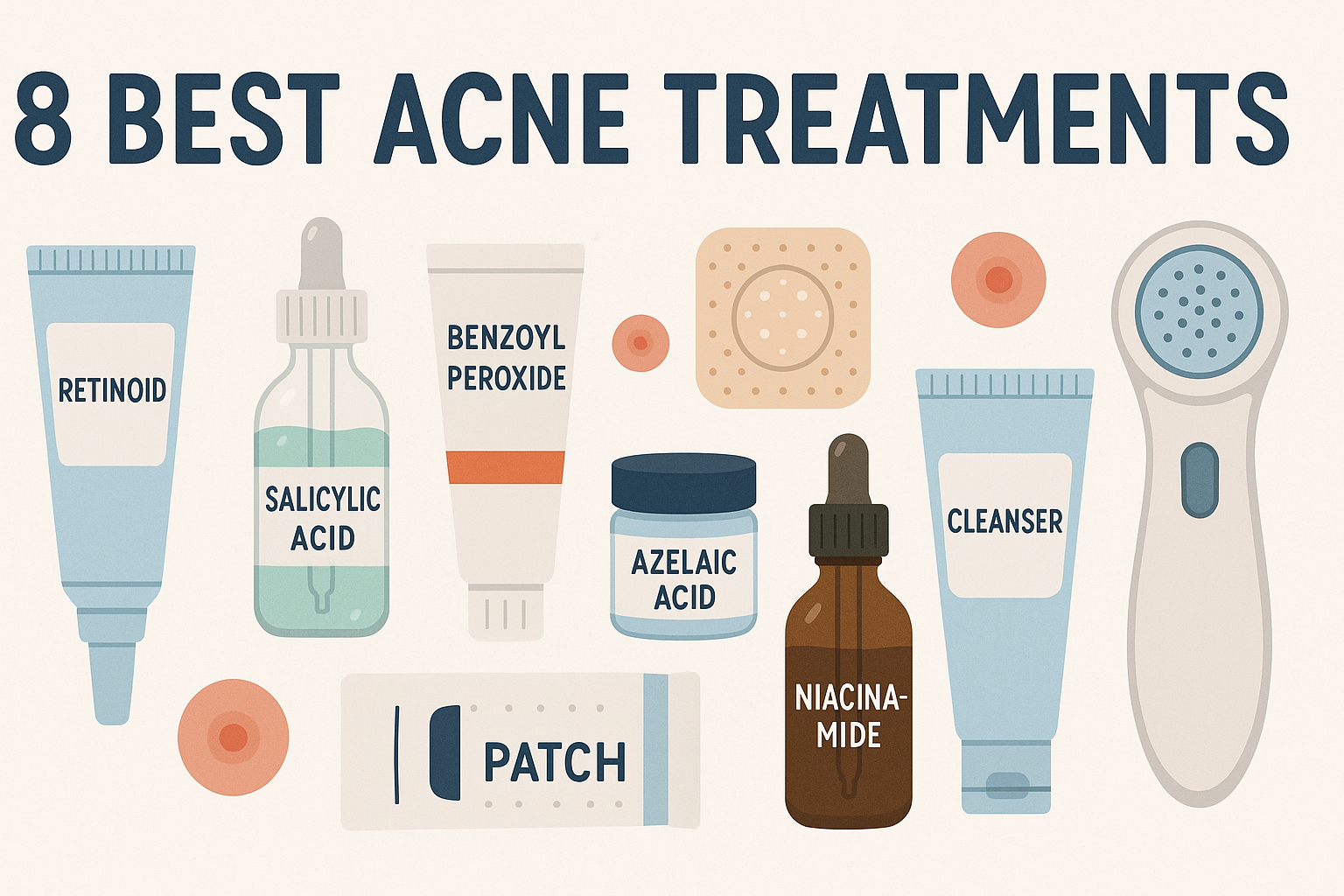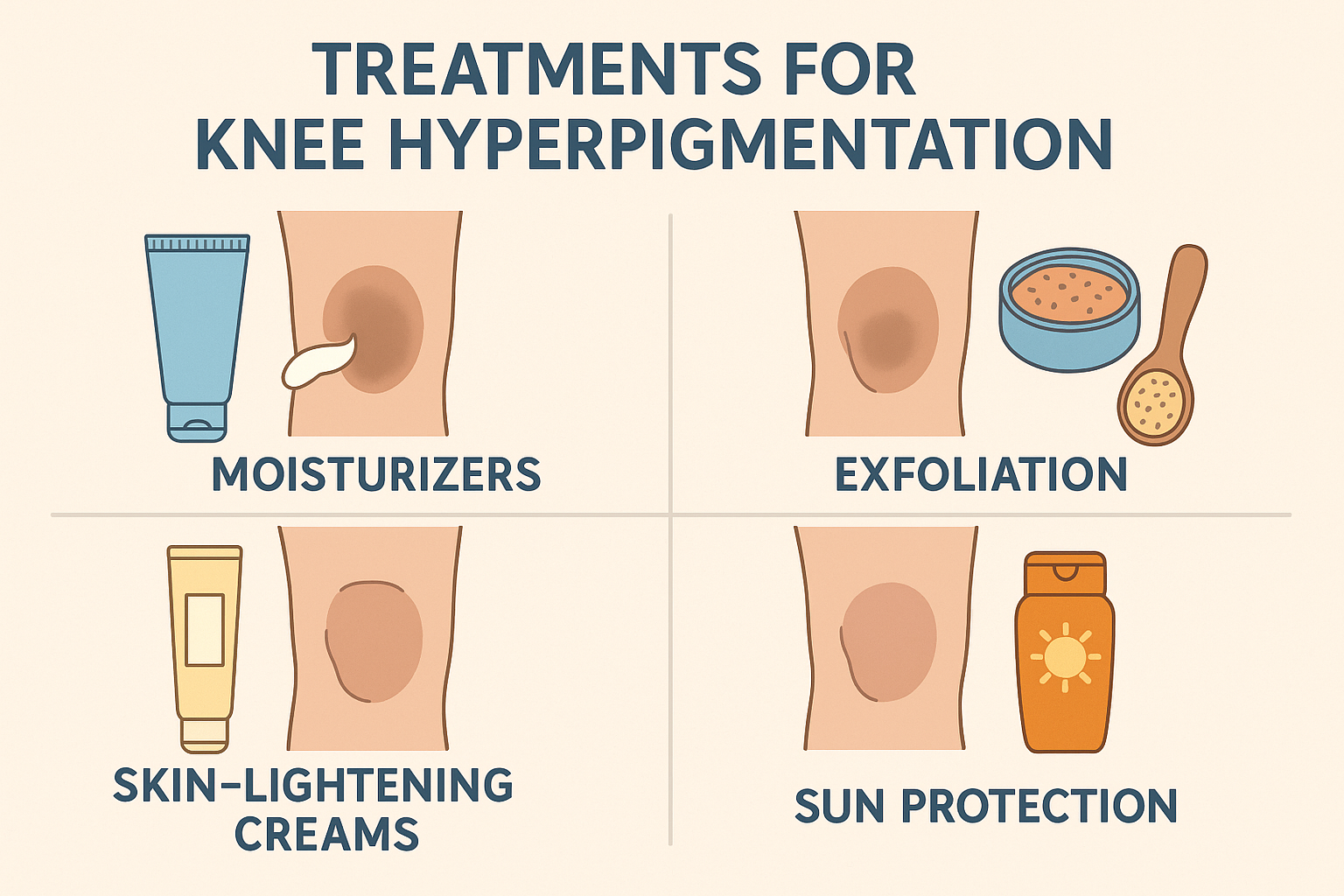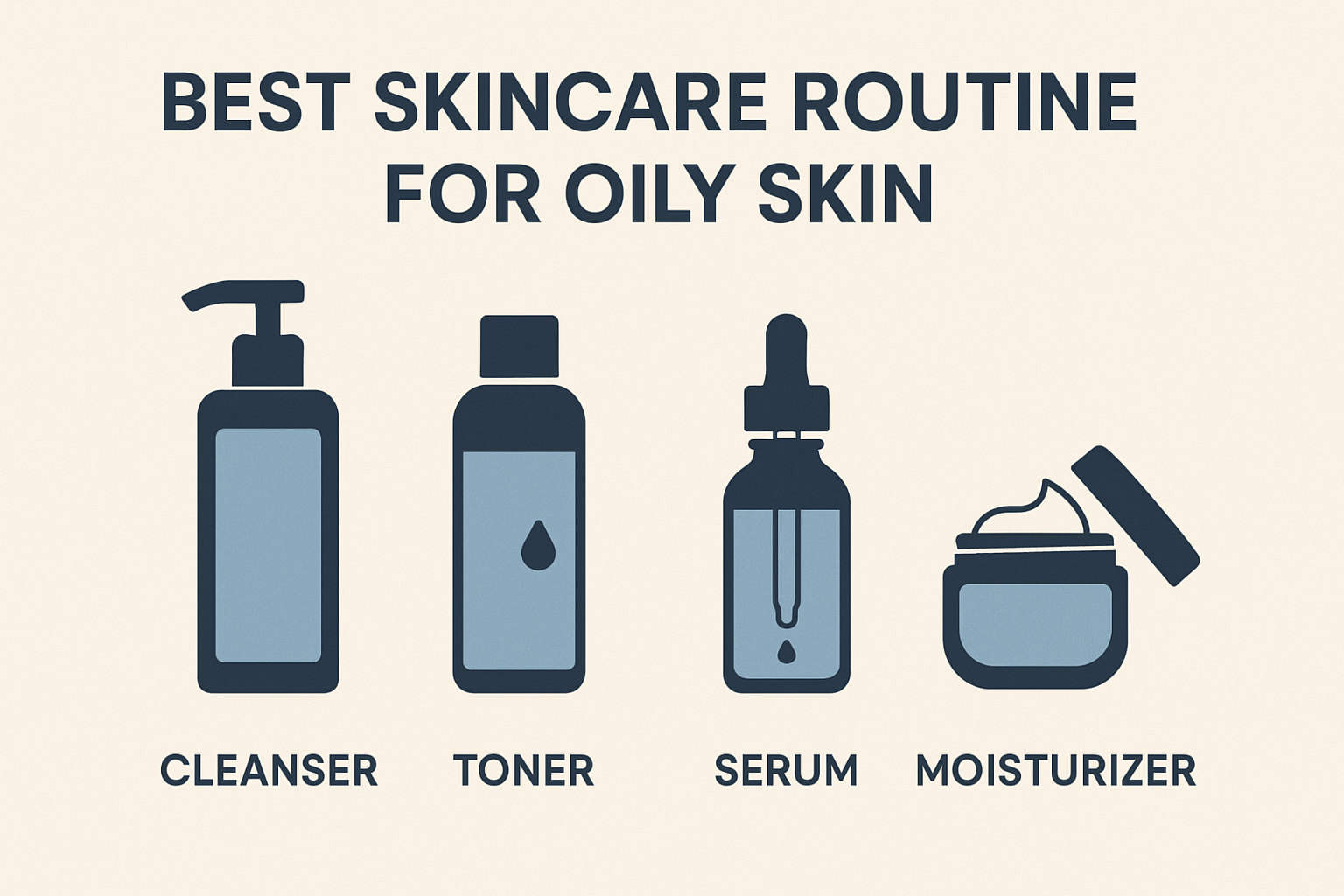Why Apricot & Walnut Scrubs Could Be Wrecking Your Skin
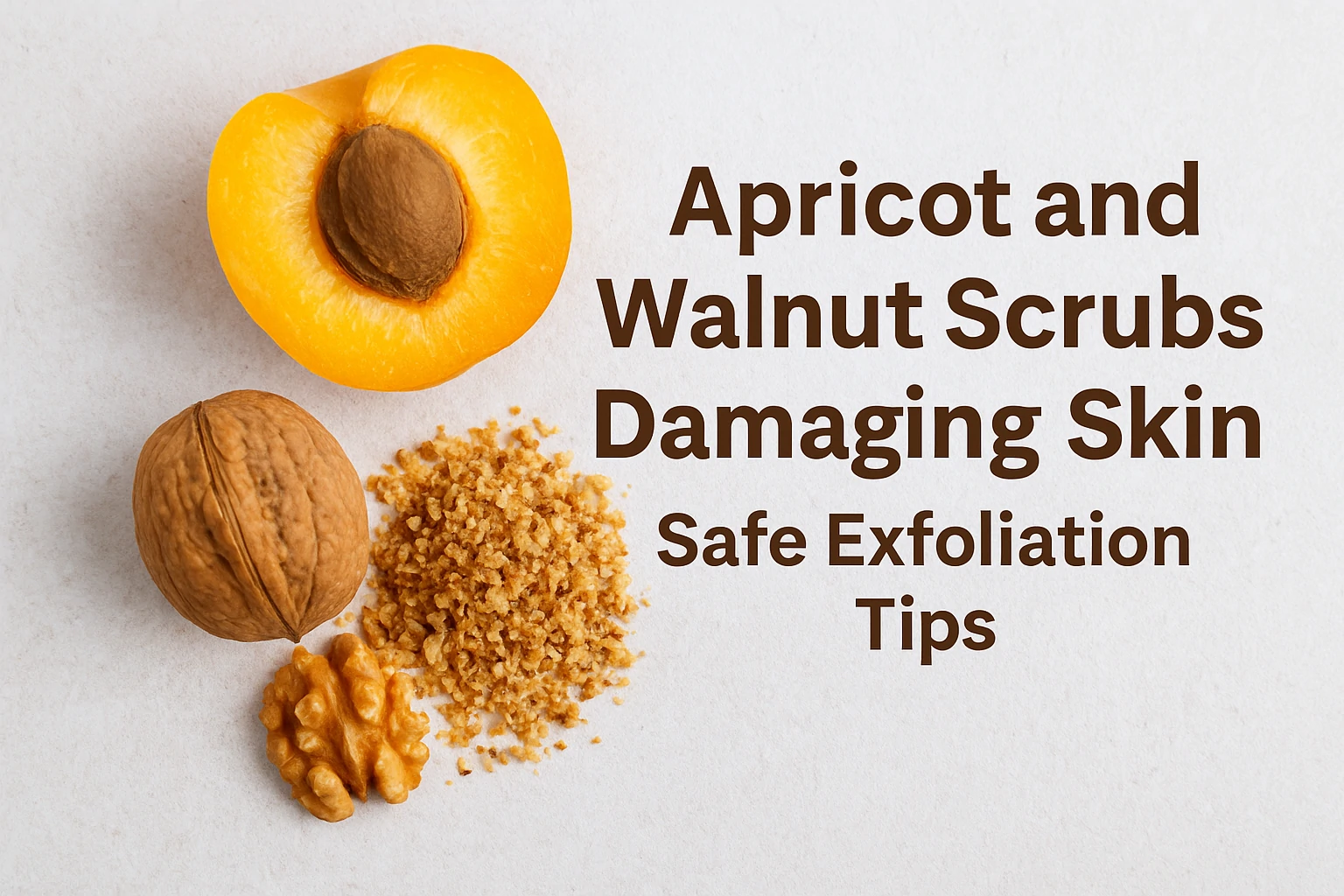
Apricot and walnut scrubs were once beloved for giving the instant feeling of smooth, clean skin. Products like St. Ives Apricot Scrub became iconic in the early 2000s due to their fresh scent and immediate softening effect. However, dermatologists now caution that the coarse particles in these scrubs can damage the skin barrier.
Excessive rubbing may create tiny micro-tears, aggravate acne, and trigger long-term inflammation. The concern today isn’t just “do apricot or walnut scrubs work?” but whether they’re safe for all skin types. Experts emphasize understanding the difference between physical and chemical exfoliation to avoid harming your skin.
Using scrubs without proper knowledge can feel satisfying initially but might compromise skin health over time. This article explores how these natural scrubs work, their potential risks, and safer alternatives, giving beginners a clear roadmap to exfoliating effectively without causing damage.
What Are Apricot and Walnut Scrubs?
Apricot and walnut scrubs are physical exfoliators made from crushed apricot seeds or walnut shells. Their rough texture removes dead skin cells, making skin appear brighter and smoother. Yet dermatologists warn that uneven, sharp particles can create micro-tears, especially if used too often or with pressure.
Exfoliators generally fall into two categories:
- Physical exfoliators – mechanically remove dead skin using scrubs, sponges, or brushes. Examples: sugar, salt, or apricot scrubs.
- Chemical exfoliators – use acids like glycolic, lactic, or salicylic acid to dissolve dead skin without harsh friction.
While physical scrubs give an instant soft feel, repeated use can irritate sensitive skin, weaken the barrier, and cause redness or inflammation. Choosing the right exfoliator depends on your skin type and tolerance. Beginners should prioritize gentle chemical options or very mild physical scrubs to maintain healthy, glowing skin without unnecessary damage.
Are Apricot and Walnut Scrubs Safe?
In modern dermatology, apricot and walnut scrubs are often considered higher-risk. The coarse seed or shell particles can create micro-tears invisible to the eye, leading to redness, irritation, and even infection with frequent use.
Dermatologists note that the instant smoothness after using a physical scrub is temporary. Long-term use may weaken the skin barrier, worsen dryness, and irritate sensitive skin. Many professionals now recommend gentle chemical exfoliators like lactic or salicylic acid, which remove dead cells without abrasive friction.
If you prefer physical scrubs, limit usage to once a week and select products with softer textures. Always follow up with a moisturizer to restore hydration and protect the skin barrier. Using scrubs carefully allows beginners to enjoy exfoliation benefits without risking irritation or long-term damage.
How to Exfoliate Skin Safely
Dermatologists agree that chemical exfoliation is often the safest, most effective way to improve skin texture, encourage cell turnover, and combat acne. Unlike physical scrubs, chemical exfoliators use mild acids to remove dead cells without harming the protective skin barrier.
Two main types:
- AHA (Alpha Hydroxy Acid) – water-soluble acids from fruits, like glycolic or lactic acid, that exfoliate surface skin and draw in moisture, ideal for dry or normal skin.
- BHA (Beta Hydroxy Acid) – oil-soluble acids like salicylic acid that penetrate pores, clear excess sebum, and help oily or acne-prone skin.
Even gentle chemical exfoliators should be used carefully. Products such as Glo Skin Beauty Hydra-Bright AHA Glow Peel or Differin Resurfacing Scar Gel help brighten skin, fade acne marks, and maintain healthy skin balance. Proper technique ensures effective exfoliation without irritation, making it perfect for skincare beginners.
Signs of Over-Exfoliation & How to Recover
Over-exfoliation happens when skin is scrubbed too often or too aggressively, damaging the skin barrier. Signs include:
- Burning or stinging after cleansing.
- Redness, flaking, or excessive dryness.
- Rough texture, breakouts, or small bumps.
- Skincare products causing irritation.
To recover, dermatologists recommend:
- Pause all exfoliation.
- Apply moisturizers rich in ceramides and niacinamide.
- Use gentle, pH-balanced cleansers.
- Always wear sunscreen, as newly exfoliated skin is UV-sensitive.
With gentle care, skin usually recovers in 5–7 days. Afterwards, resume exfoliation up to twice a week, adjusting frequency based on your skin type and tolerance. This ensures healthy, resilient skin without irritation.
How Often Should You Exfoliate – Tailored to Your Skin Type
The right exfoliation frequency depends on your skin type and condition. Over-exfoliating can cause irritation, while under-exfoliating may leave skin dull and clogged. Dermatologists generally recommend:
- Sensitive or dry skin: Once per week. Use gentle AHA exfoliators with hydrating properties to protect the skin barrier.
- Normal skin: 1–2 times per week. Light chemical exfoliators help maintain balance and promote cell turnover.
- Oily or acne-prone skin: 2–3 times per week. BHA, like salicylic acid, unclogs pores, controls excess oil, and speeds up acne recovery.
- Combination skin: Adjust frequency per zone. Dry cheeks need gentler exfoliation, while the oily T-zone may require slightly more frequent care.
Dermatologists emphasize a gradual approach and close observation. Watch for redness, stinging, or excessive dryness. If these signs appear, reduce frequency, prioritize moisturizers, and ensure SPF protection before resuming exfoliation. Personalized routines help beginners maintain healthy, glowing skin safely.
Post-Exfoliation Care: Moisturizer, SPF, and Skin Barrier Repair
After exfoliation, your skin needs extra care to restore its barrier and prevent irritation or damage. Dermatologists highlight that post-exfoliation care is just as important as the exfoliation process itself.
Start with intense hydration. Use moisturizers containing ceramides, niacinamide, hyaluronic acid, or glycerin to strengthen the skin barrier, lock in moisture, and reduce redness.
Next, prioritize sun protection. Newly exfoliated skin is more sensitive to UV, so apply sunscreen with SPF 30+ every morning—even on cloudy days.
Avoid harsh products, such as retinol or physical scrubs, for 24–48 hours. Instead, focus on soothing treatments, including antioxidant serums, to repair free radical damage.
With proper post-exfoliation care, skin recovers faster, looks brighter, feels smoother, and stays healthy long-term. This ensures your exfoliation routine delivers maximum benefits without unwanted side effects.
Final Thoughts
Apricot and walnut scrubs may feel satisfying at first, but their coarse particles can damage the skin barrier, cause micro-tears, and trigger irritation or long-term inflammation. Dermatologists now recommend gentler approaches, especially chemical exfoliators like AHA and BHA, which effectively remove dead skin cells without harsh friction.
Understanding your skin type is key: sensitive skin needs minimal exfoliation, while oily or acne-prone skin may benefit from slightly more frequent care. Over-exfoliation should be avoided, and signs like redness, stinging, or flaking indicate it’s time to pause and focus on repair.
Post-exfoliation care is essential. Hydrating moisturizers, SPF protection, and gentle, soothing products help restore the skin barrier, lock in moisture, and prevent damage. By following a mindful exfoliation routine tailored to your skin, beginners and skincare enthusiasts alike can achieve smoother, brighter, and healthier skin—without unnecessary risks.
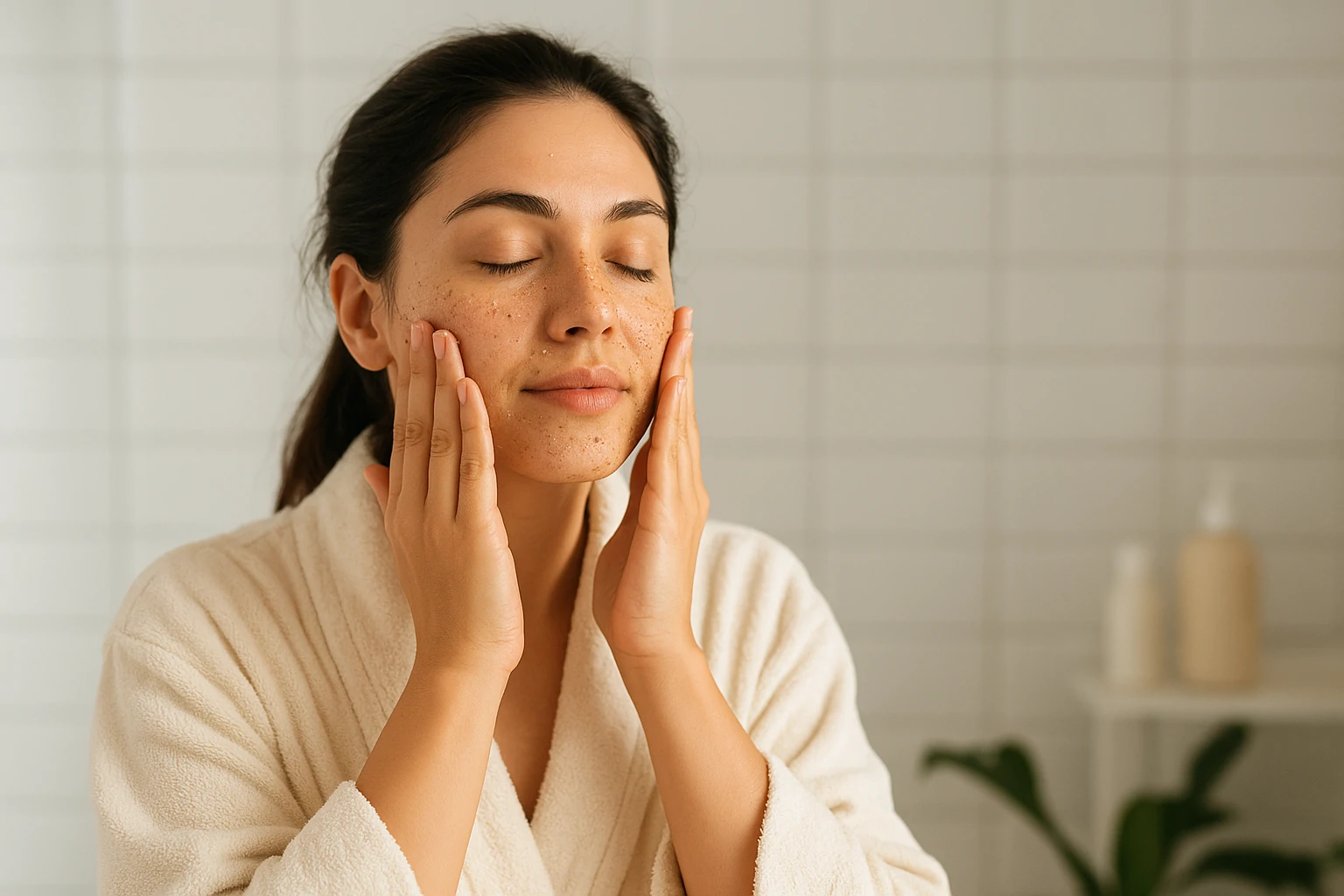

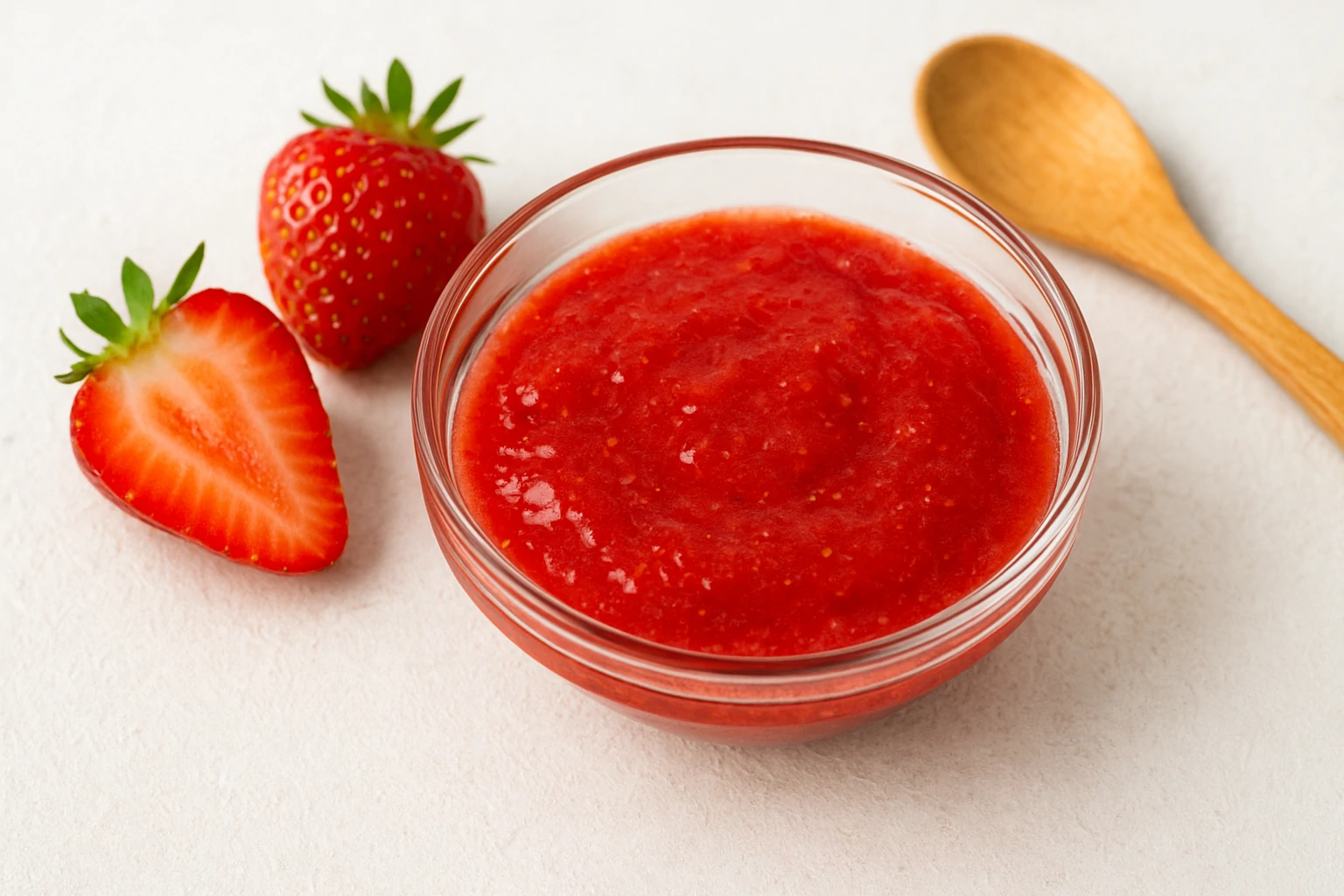
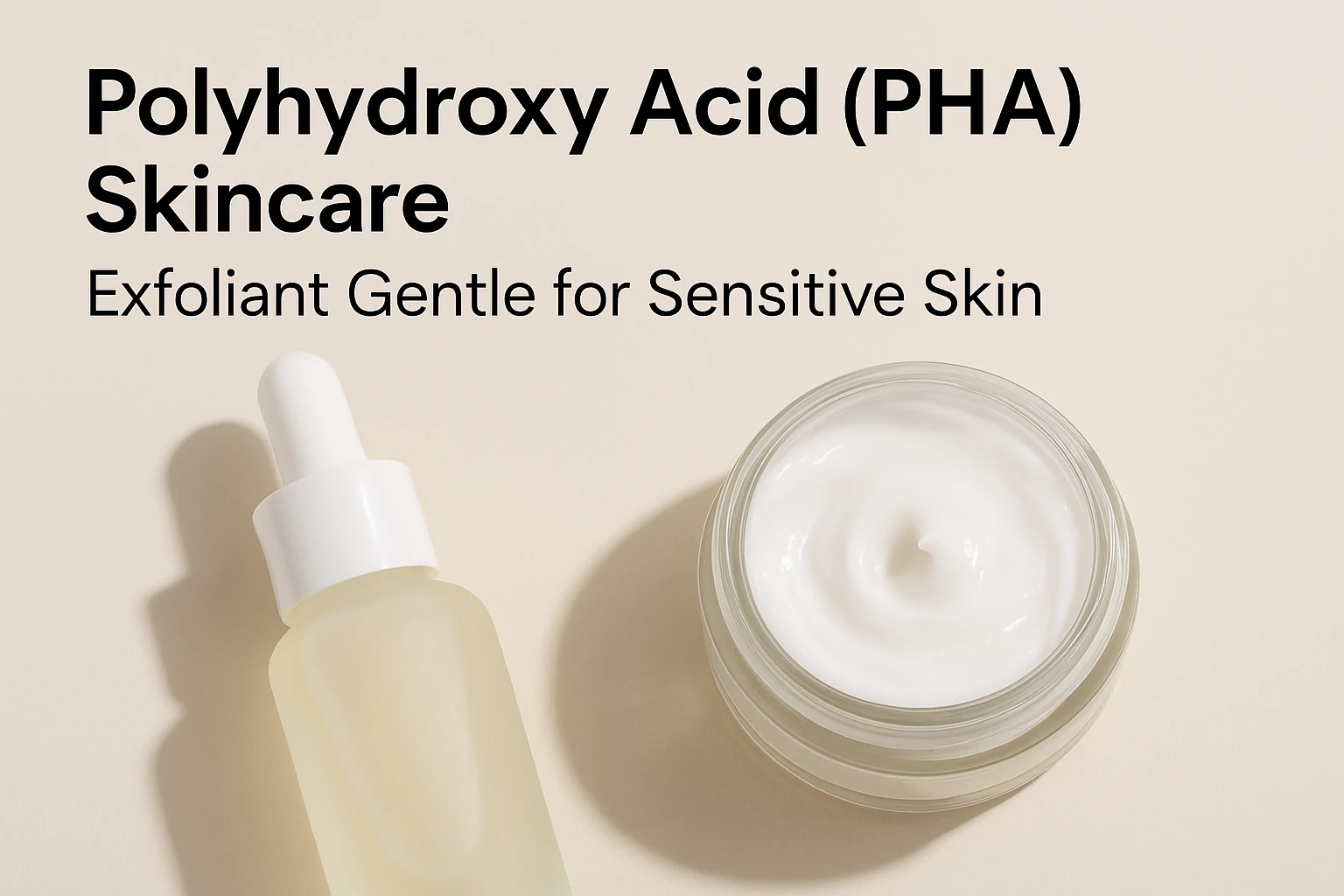
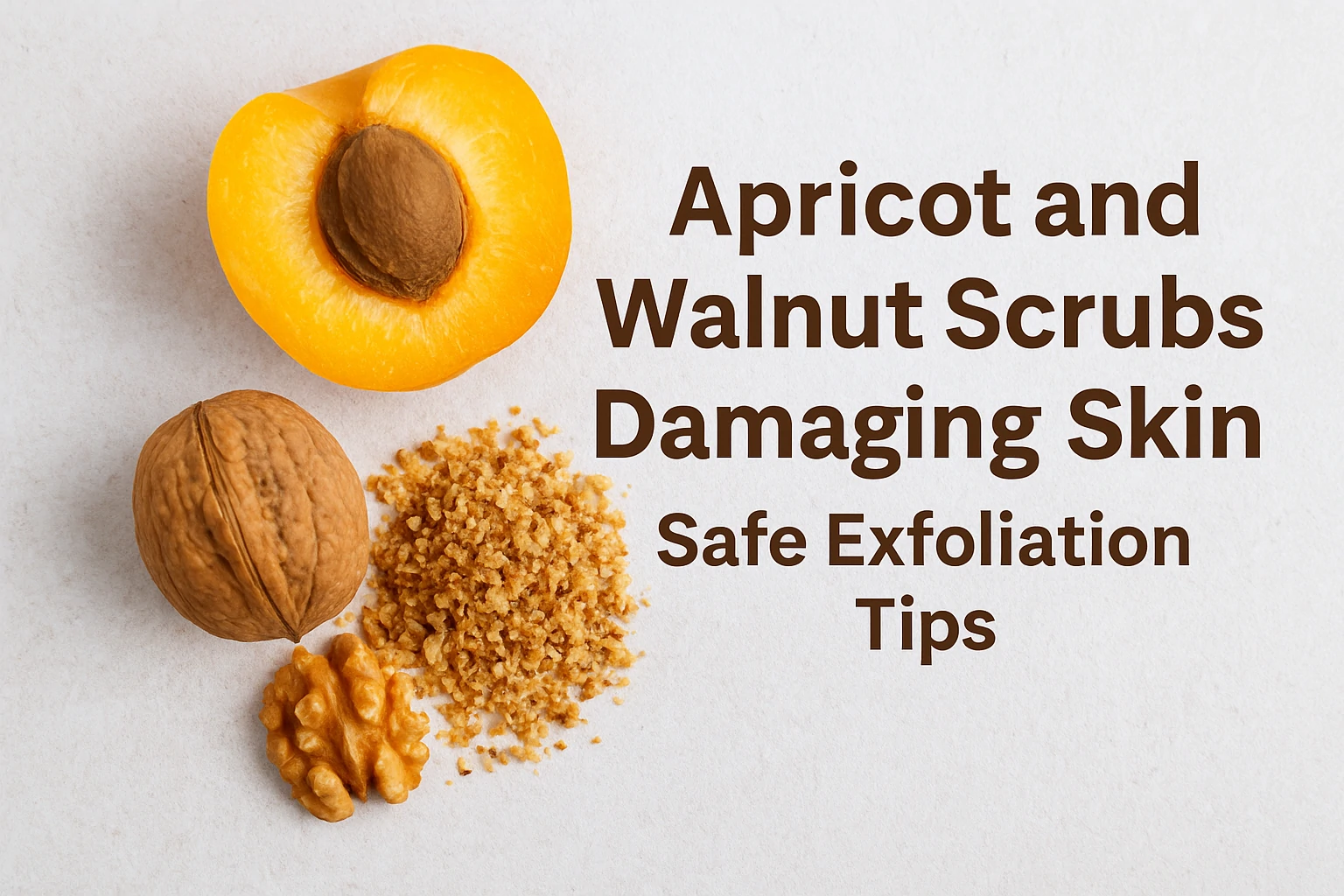
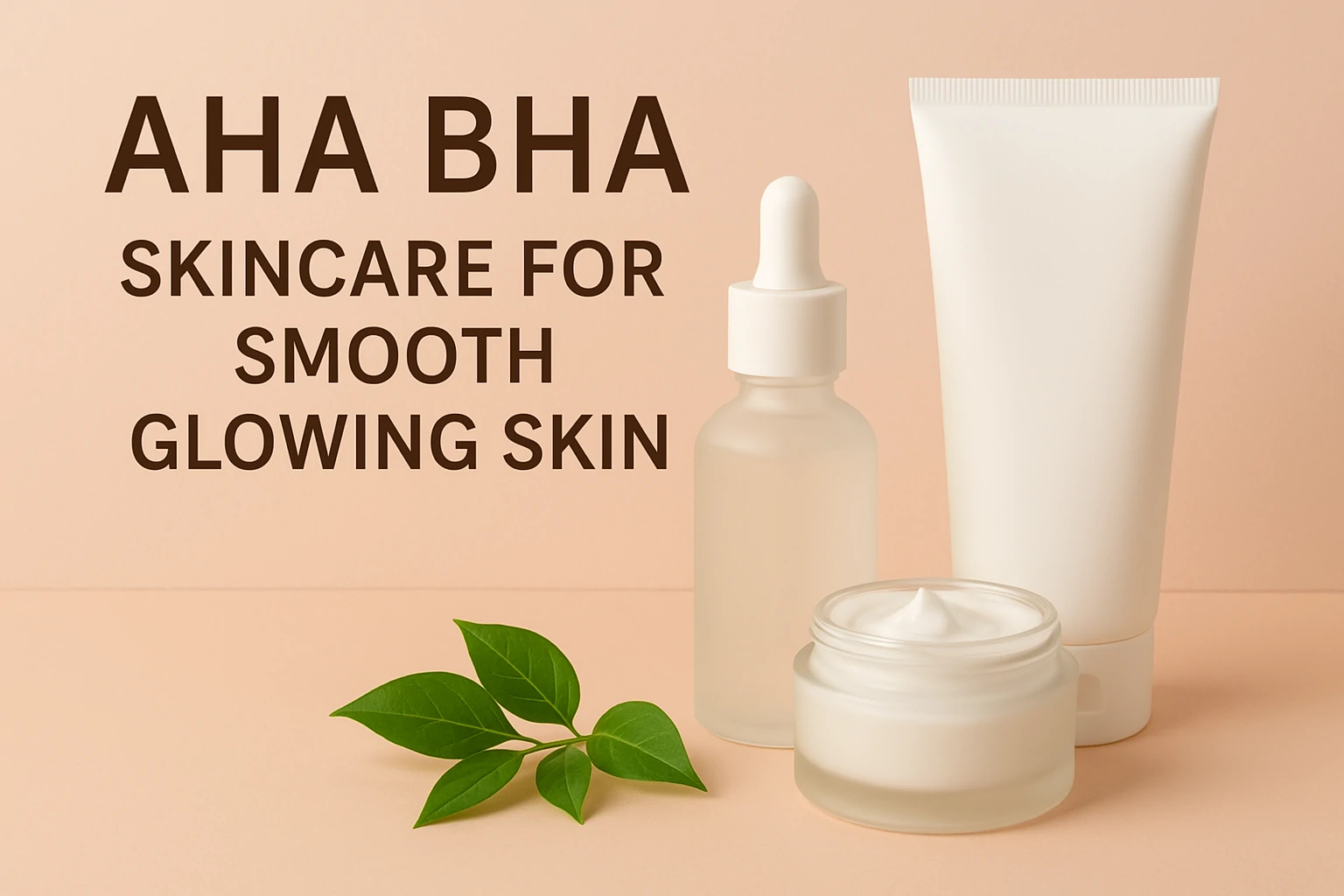
 Acne
Acne Anti-Aging
Anti-Aging Business
Business Digital Marketing
Digital Marketing Economics
Economics Exfoliation
Exfoliation Movies
Movies Personal Finance
Personal Finance Websites
Websites
